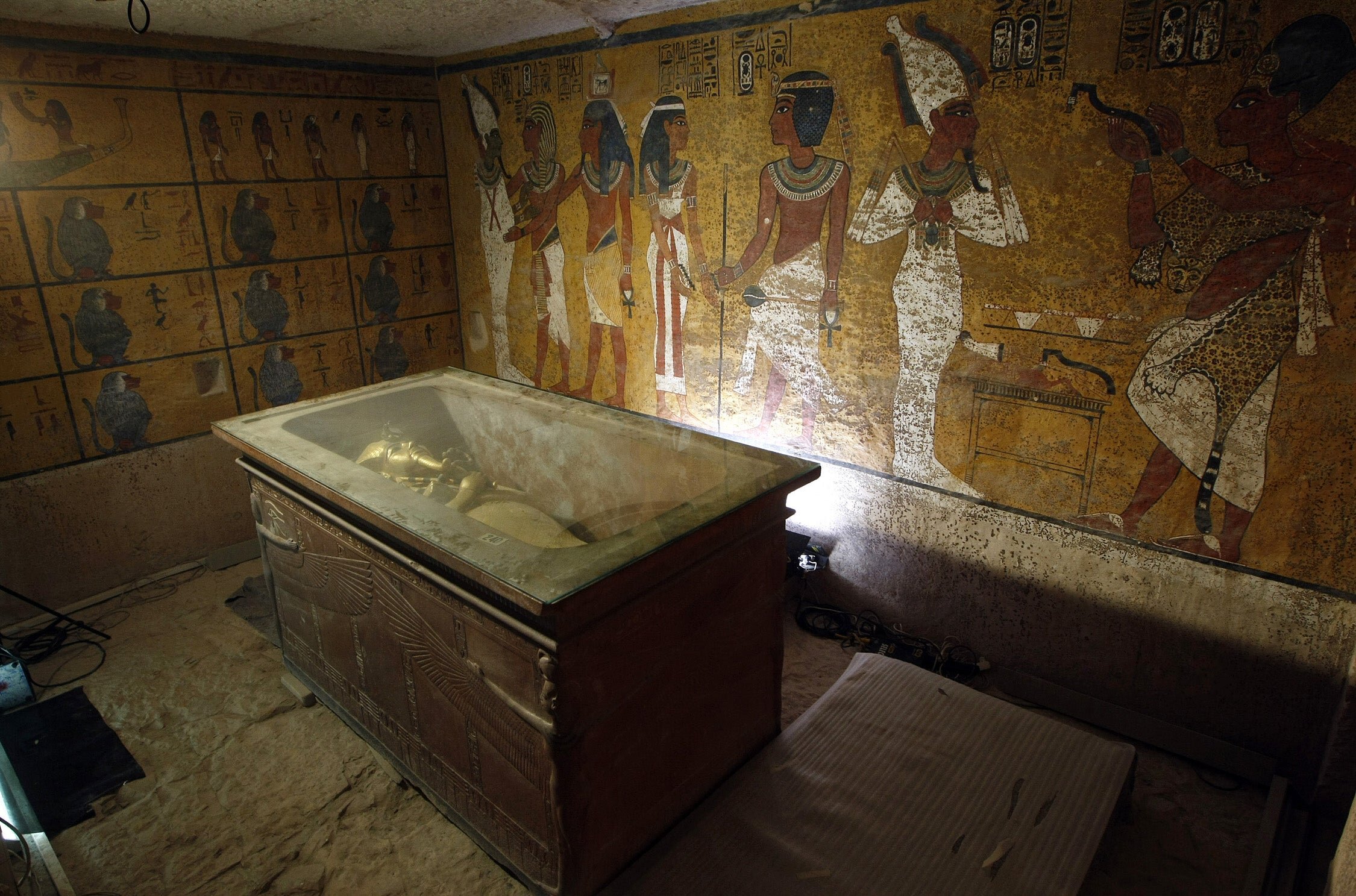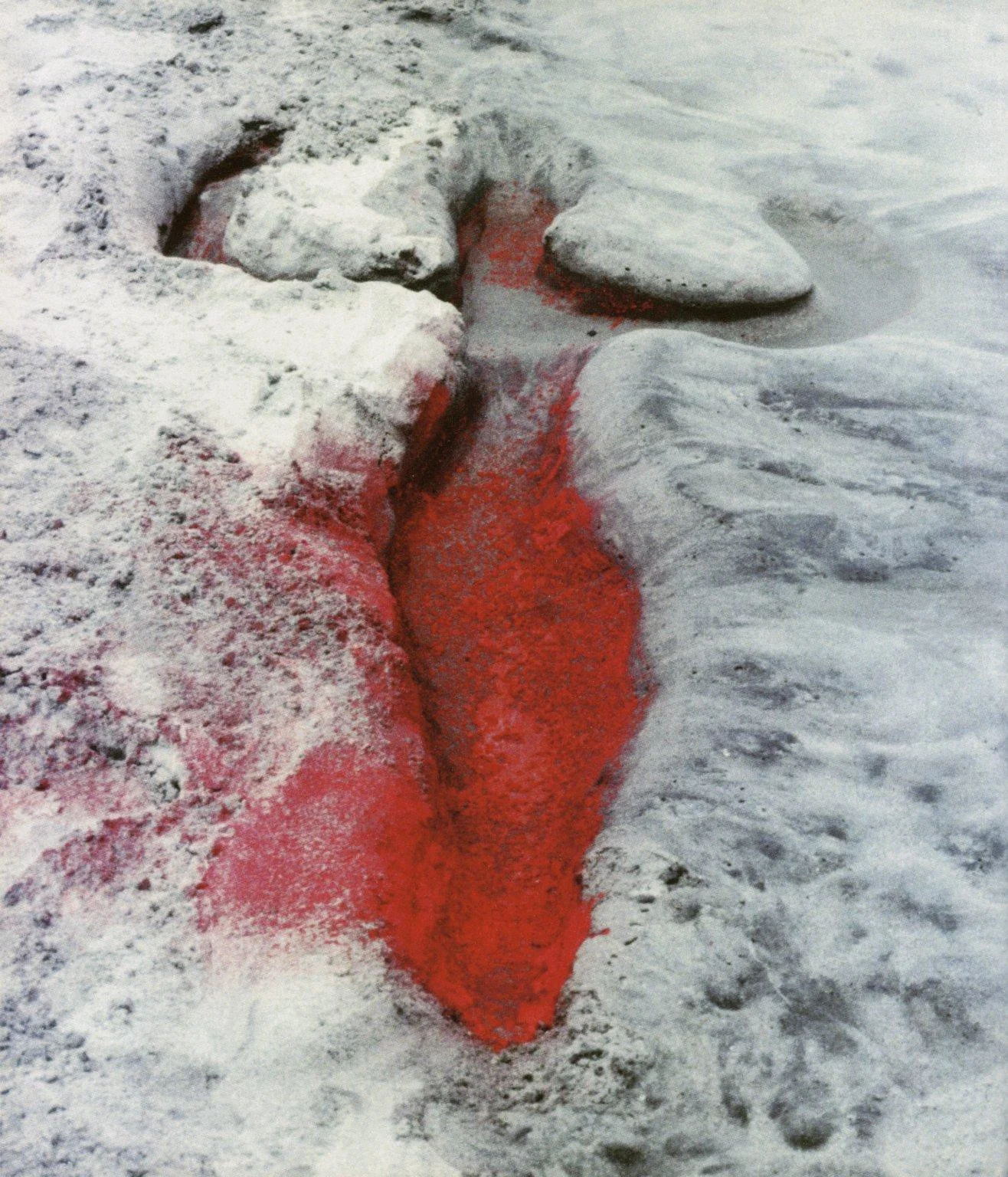Venice-- it's the most serene and beautiful city in Italy, and possibly the whole world. But Venice at night-- all darkened and quiet-- takes up the most space in my imagination. I seriously love the depictions of Venice as enigmatic, shadowy, and even dangerous. Without cars or streetlights or other modern comforts, you might feel like you’ve stepped back in time and that around any given corner, you could find… anything. All of this lends Venice this air of inscrutability and mystery. And over time, locals and visitors alike have reveled in this sensation as fodder for myth-making and storytelling. Some stories really stick, lasting for centuries and becoming embedded into the city itself, through its buildings, monuments, and specific locations. And there’s one building that has had plenty of legends built around it. This particular elegant structure had an illustrious past, having once been a meeting place where Italian Renaissance artists discussed their craft, caroused, and gambled. But it’s also the location where relationships soured, crimes were committed, and death inevitably followed. Today, some people won’t even enter this particular building because it is feared to be haunted, cursed… or both.
Today we're calling back to an episode of the first season of ArtCurious to talk about another potentially cursed locale in Venice, Italy: the so-called Casino of the Spirits.

















